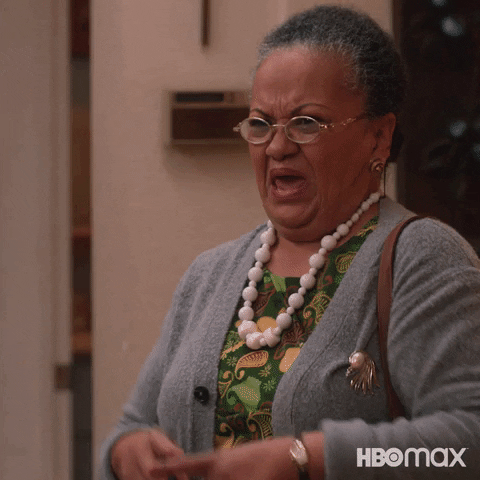All Out May 5th: The Devil is in the Detail – Probability of US Default
As we wrote last week, the US is nearing the point when it runs out of money (technically the debt ceiling has already been hit, but Treasury still has cash to pay bills. And technically the US cannot run out of money since it can just print more, but they have imposed this constraint…so is life). If Treasury runs out of cash and the government doesn’t do anything to raise the debt ceiling, then the US risks running out of money and defaulting on its debt. This is a ridiculous proposition, and as Jay Powell said on Wednesday, “we shouldn’t even be talking about a world in which the U.S. doesn’t pay its bills”. The debt ceiling is dumb and self-imposed, if you want to read more, you can go here. In reality the last thing the US would do is default on its debt, it would probably prioritize servicing its debt before making other types of payments such as social security. Also there isn’t a hard date and there are several tricks the government can use to extend this date a bit more. Here’s an interesting podcast which goes into detail into all the maneuvers the US can use (and these are pretty legit not like the trillion-dollar coin idea).
There have been recent articles talking about how the probability of default by the US government is higher than at any point in recent history, and we’ve seen numbers as high as 11.3% (and somewhere we saw or heard 17% but can’t find the link). To understand why people are saying this, and why it may not be all it seems, we need to first explain where this is coming from.
CDS: Credit Default Swaps
Credit default swaps became popular (or known to the non-investing public at least) during the 2008 financial crisis. This was the instrument that allowed some savvy investors, like Michael Burry and John Paulson, to make a killing during the 2008 financial crisis. A CDS contract is essentially a form of insurance against defaults. A CDS contract can be written to cover defaults in a certain company, or country or some other reference entity. The way CDS work is that the buyer of the CDS will make regular payments to the seller. Think of these payments as the insurance premium. If the entity defaults then the seller of the CDS will make the buyer whole.
This is where the details get interesting, and as many things in finance go, the devil is in the details. What exactly does it mean to make the buyer of the CDS whole? Well it depends. Companies (countries, etc.) generally have many different bonds outstanding at any one time. However, CDS are written on the company as a whole (at a specific bond seniority level), not a single bond. Therefore, if a company defaults and the CDS is triggered, there’s an auction to figure out how much the CDS will pay out. We’re not going to go into all the details of how the auction works but basically the bond chosen will be the cheapest to deliver. This essentially is the bond with the lowest price. The CDS will then pay out the difference between the par value of the bond and the price from the auction. So, if the cheapest to deliver bond is worth $40, the CDS contract will pay out $60.
The way CDS are quoted is in basis points (bps). The current 1-year CDS price on the US is 163bps, this means it costs €16,300 to insure $1M of US debt against default (the contract is priced in Euros). Based on a certain formula it is possible to estimate the market implied probability of default. US government CDS prices are trading at their highest levels in recent history. The current price is 163bps, compared to 62bps in 2009 and the previous high of 80bps in 2011. Some articles have incorrectly referenced this to say that the probability of default of the US government is as high as it has ever been (at least since we have CDS data) and have seen articles saying it’s around 17% (again can’t find the link, but according to our Bloomberg terminal if we assume a 95% recovery rate, the implied probability is as high as 33%). Now that we know how CDS auctions work, we can see that this is not the case. Since interest rates have gone up by quite a bit, some US Treasuries are trading at very depressed prices. For example, the 30-year bond issued in May 2020 with a coupon rate of 1.25% is currently trading at around $58 (with a par value of $100). This would be the cheapest bond to deliver in a CDS auction. Therefore, if the US does default and the CDS is triggered, the payout would be ~$42. Therefore, if the CDS is triggered the payout would be in excess of 2,500% ($42 payout which costs 1.68% to place the trade).
So no, the probability of default for the US isn’t 17% or 33% or 11%. We don’t know what it is but it’s close to 0%. And in any case, if the US does technically default, the market reaction would be so devastating that it would only last a couple of days. Since, like we said last week, it’s not that the government can actually run out of money, it is a dumb self-imposed constraint. Let’s just hope that the politicians in charge can’t trade CDS contracts. If they could then all bets are off since they would be seeking that huge payoff.





